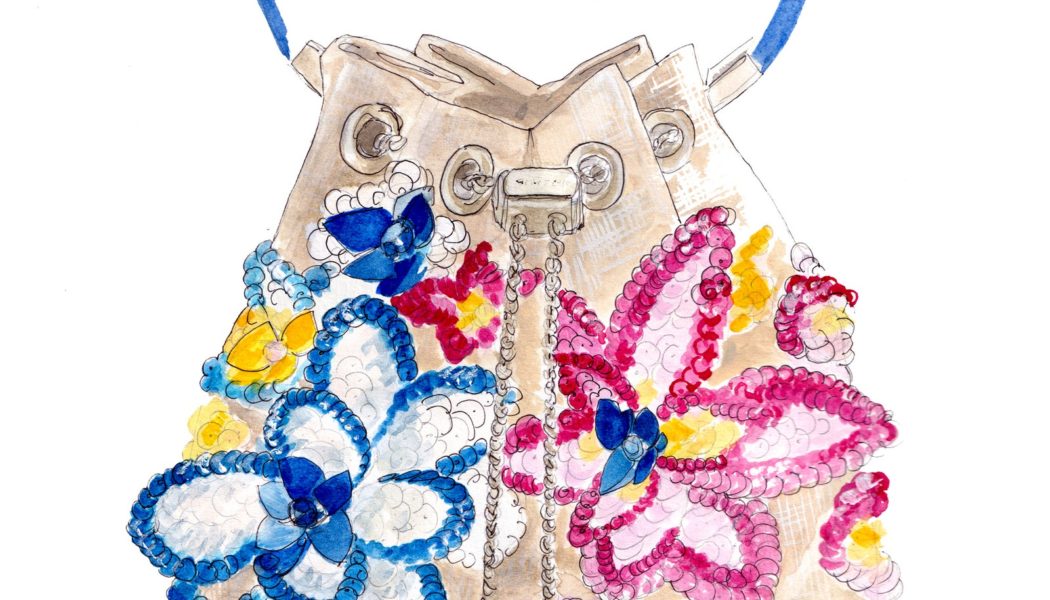India: the global fashion industry’s current heir apparent, a market that is being touted as the next big thing in luxury circles. Data confirms the uptick in the luxury brand market too. Bain & Company found that India stands out as a rising star for luxury, with spending on luxury goods by Indian consumers expected to more than triple by 2030, reaching approximately $27 to $32 billion. Naturally, the biggest players want in, and are vying for the attention of the fashion-hungry Indian consumer who seems to be shopping. A lot.
However, India is a unique market where cultural nuances greatly influence consumer decision-making. The average Indian consumer’s bid to luxury has traditionally been rooted in jewellery and saris that could potentially amount to the same—or more—than a Chanel bag. India is also a market that thrives on personalised service and relationships. So, as luxury brands think of more relevant ways to engage with the present-day discerning luxury buyer, a modus operandi many have found merit in, is putting the spotlight on the country. Cue: A rise in limited-edition releases inspired by India, and sometimes exclusive to just India too.
The India story
Yesterday, Jimmy Choo (which releases an annual collection of accessories for Diwali) launched its Mumbai Bon Bon Bag as part of their The Flower Series, which will be exclusively available only at the brand’s Jio World Plaza store in Mumbai. The collection is inspired by creative director Sandra Choi’s favourite cities around the world, and the champagne-coloured Mumbai-inspired bag is embroidered with a burst of flowers that evoke the hues of Indian weddings and the Maximum City’s sunsets.
Richard Valencia
After launching the mangalsutra back in 2021, Bulgari launched the B.zero1 Kada bracelet exclusively for India this January. “The contribution of our Indian clientele is significant and deeply appreciated. So, we’re committed to providing exceptional offerings that resonate […] with their Indian roots,” Jean Christophe-Babin, CEO of Bulgari, tells Vogue India. “Our decision to introduce collections tied to specific communities arises from our desire to honour and celebrate diverse cultures respectfully and inclusively, allowing us to connect with our audience on a deeper level,” he carries on.
Dior’s big Mumbai voyage last March was a watershed moment; including a runway show at the iconic Gateway of India, fanfare around the French brand’s long-standing ties with Chanakya School of Craft, and special India-inspired versions of some of their bestsellers. Dior has ample previous instances of Indian associations too, including a Lady Dior bag reimagined by artist Bharti Kher with her signature bindi motif in 2020.
This strategy that international luxury brands attest is steeped in wanting to celebrate and pay tribute to India’s rich heritage is not a newfound one. “When we started these conversations with brands 15 years ago, there was reluctance. We really had to emphasise the importance of a glocal approach to adapt to the Indian market,” remembers luxury advisor Deepika Gehani, who was the co-founder of Genesis Luxury, a company that brought brands like Jimmy Choo, Bottega Veneta and Armani to India, before being acquired by Reliance in 2018. Canali, Gehani recalls, was one of the first movers with their ‘Nawab Bandhgala’ in 2009, the first time the Italian luxury house resorted to the indigenisation of this kind. It went on to become a bestseller and was reissued in many following collections thereon. “The brand also received so many requests for it from the Indian diaspora in the UK, that they had to ultimately launch it in the London store too,” recalls Gehani.
In 2010, Louis Vuitton launched a Diwali re-edit of 40 pieces from their Spring/Summer and Fall/Winter collections, that were remade using vintage saris sourced from New Delhi, Mumbai, Bengaluru and Chennai. Gucci started releasing limited edition ‘Made For India’ capsule collections back in 2011, the same year that Hermès released 28 saris for this market. It was also when Bottega Veneta issued 25 exclusive pieces of the Knot clutch in antique gold only for India, with a metal plaque that declared as much on the inside. “The Knot was a real craze in India back then. All the pieces sold out in less than 48 hours. We could have easily sold even 250,” says Gehani. Self-confessed Indophile Christian Louboutin collaborated with couturier Sabyasachi Mukherjee on a special line of shoes and handbags between 2015-2017, and the Parisian brand also introduced ‘The India Wedding Edit’ last year.









